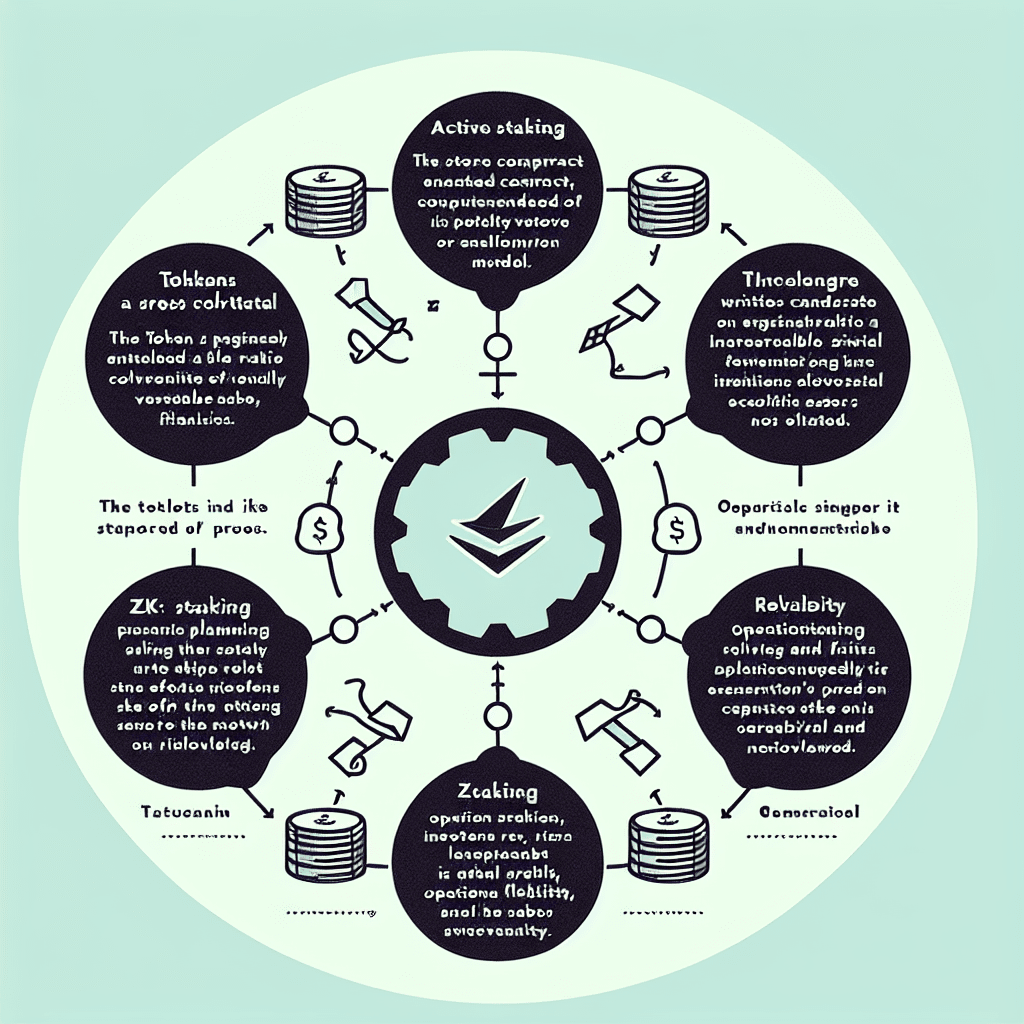Lagrange's ZK Prover Network uses a staking-driven security model that transforms "commitment to timely proof generation" into "contracts backed by real assets." This is precisely what gives applications the confidence to outsource critical tasks to the network.

First, staking serves as a guarantee of survival. Every time a prover receives a proof task, the tokens they stake act as collateral, ensuring that valid proof is delivered within the stipulated time. For upper-layer applications, this means predictability in performance and experience: once proof generation is delayed, the impact amplifies along the call chain, ultimately harming the business's SLA and user trust. Binding economic incentives and default costs to task performance is a strong constraint on whether the network can deliver work on time and in quantity.
Secondly, active staking integrates capacity planning into the economic model. When a prover accepts a task, a corresponding proportion of their stake is "bound" as active staking for that task; this portion of the stake continuously represents their commitment to performance until the task is completed. Provers can accept multiple tasks in parallel, but the total amount of active staking cannot exceed their total delegated stake in the network. In short, expansion to accept tasks is only allowed when there is actual capital available, mechanically preventing the overload behavior of "biting off more than one can chew."
Again, the network provides operational flexibility and scalability. Operators can independently manage the prover cluster, choose hardware types, allocate capacity, and adjust strategies according to market demand in pursuit of a better cost-benefit curve. Considering that the project is in its early stages, the official recommendation is to start with simplified configurations and gradually optimize and scale under real traffic; at the same time, the network will provide methodologies and practical guidance to help participants fine-tune, time their actions, and improve efficiency. This reduces the uncertainty of initial investments and allows newcomers to navigate the learning curve more steadily.
For demand-side users, the value of this design is clearly perceptible: you gain not only "faster proofs" but also "economic guarantees for timeliness and correctness." Whether it's the continuous block generation required for Rollups, cross-chain state validation, or delay-sensitive zkML inference, DeFi analysis, and governance computations, measurable reliability can be achieved under this model. For operators, active staking provides risk control boundaries, avoiding blind expansion while maximizing throughput and profits within their capacity.
More importantly, Lagrange combines "speed" and "certainty": task acceptance is backed by active staking, performance is aligned with market competitive standards, and with gradually improved operational guidelines and ecological collaboration, it is positioned from the outset to be production-ready for real scenarios. This path of binding engineering discipline with economic incentives often determines the long-term viability of the system more than individual technical indicators.
If your business regards verifiable computation as a core capability and wishes to upgrade "availability" from a verbal commitment to a collateralized contract, it is worth prioritizing an assessment of Lagrange's staking and proving mechanism. Because when reliability can be priced, constrained, and audited, trust truly becomes replicable.

